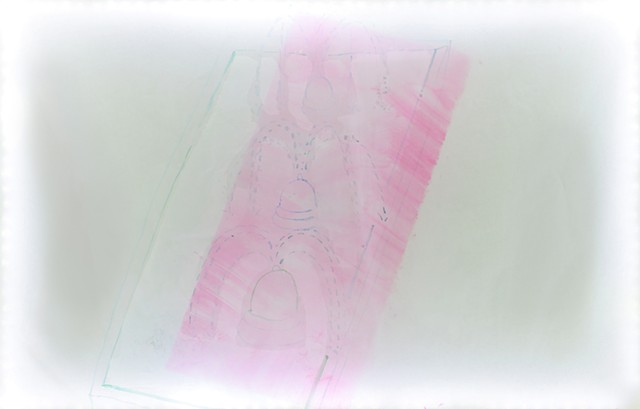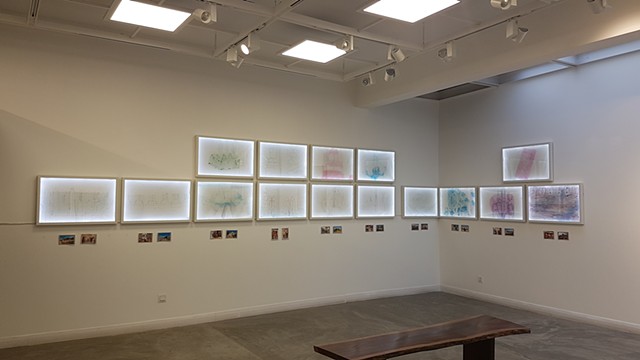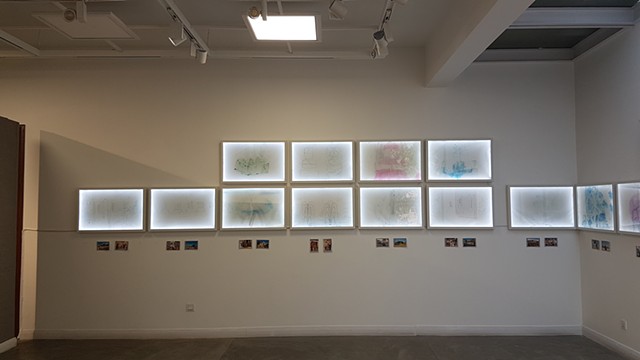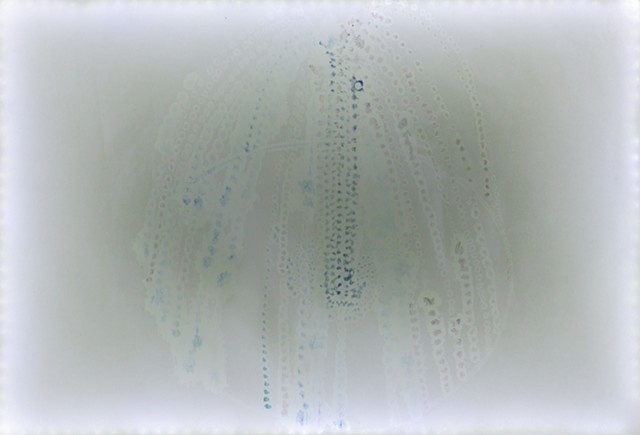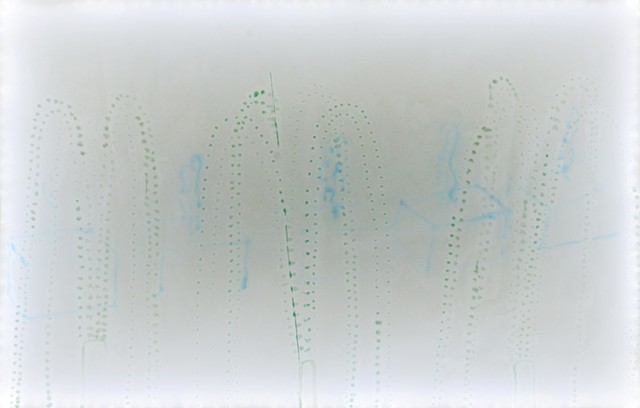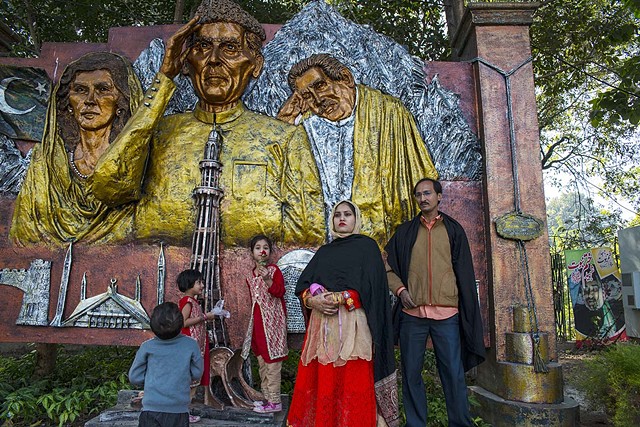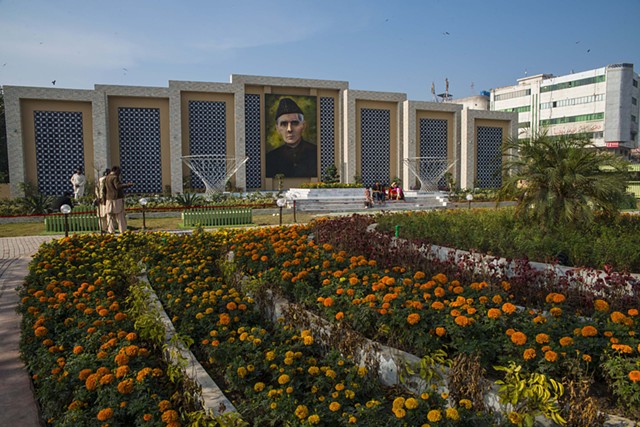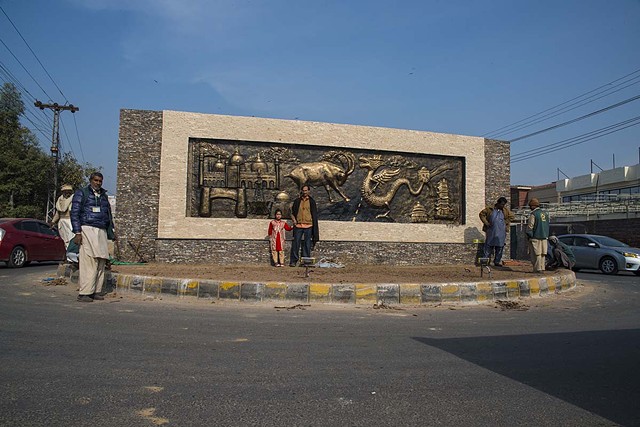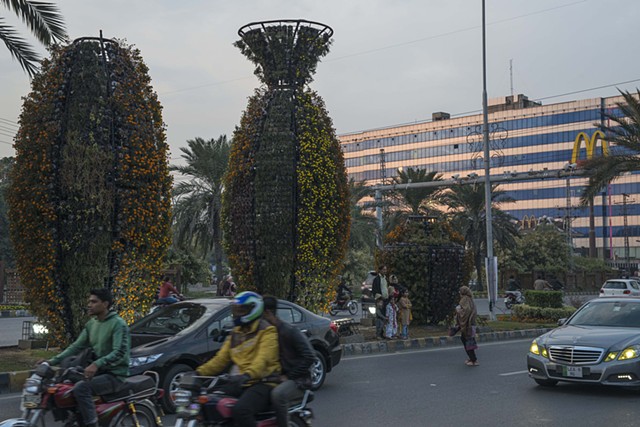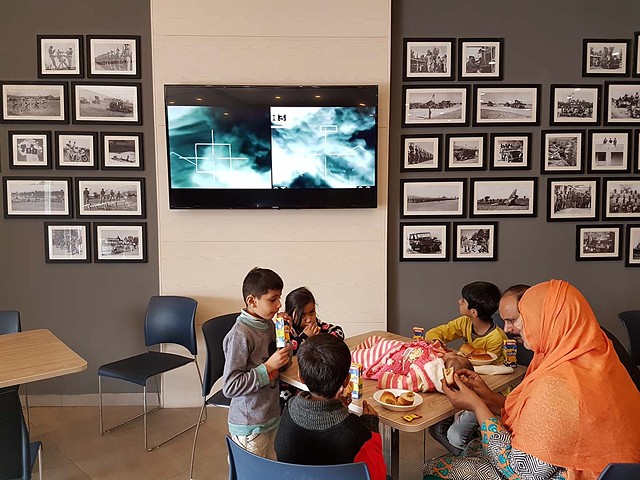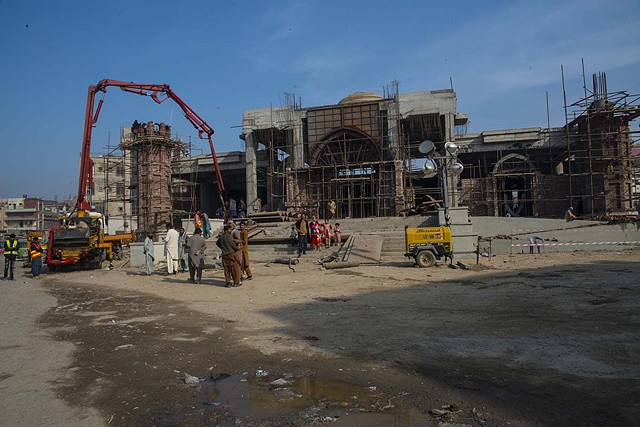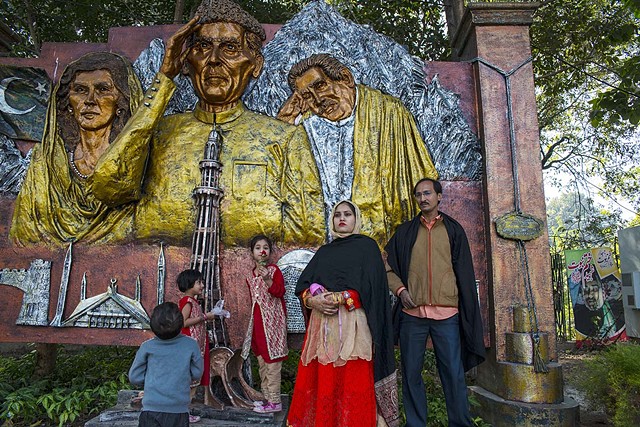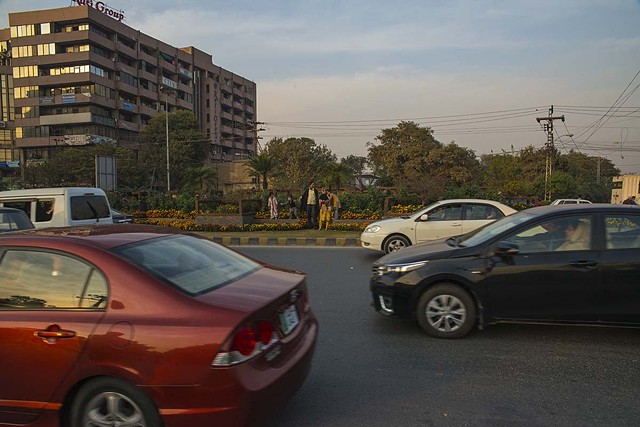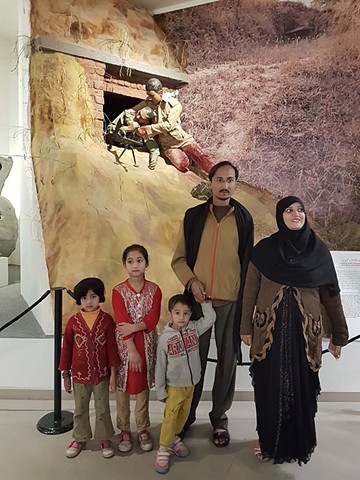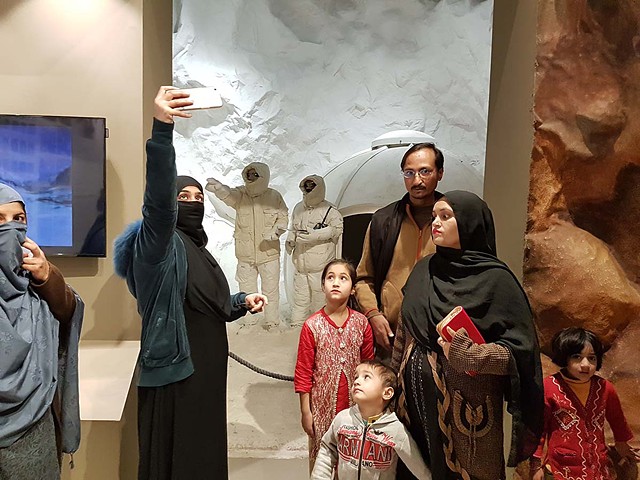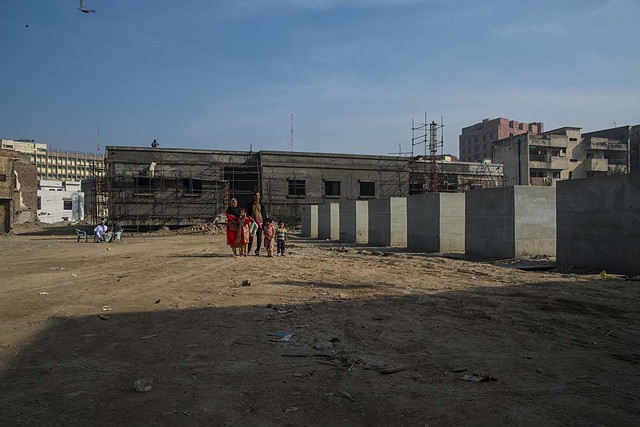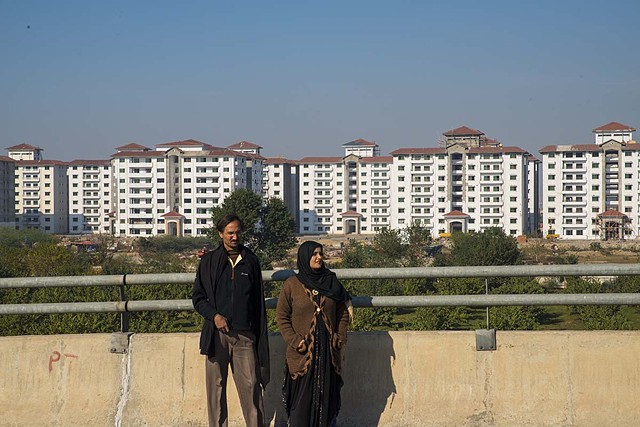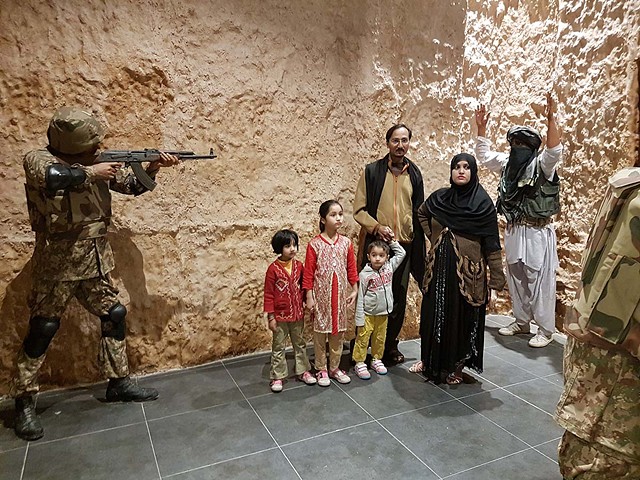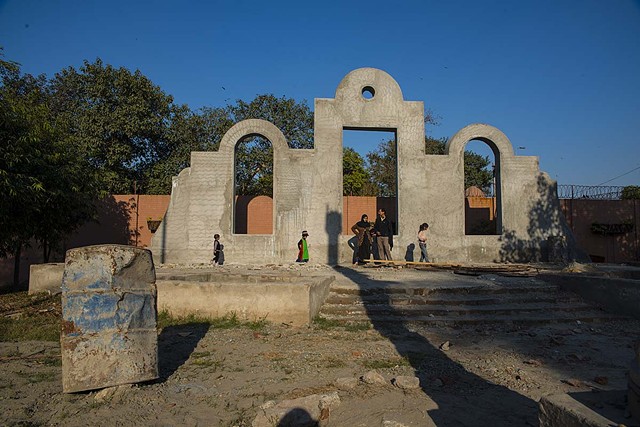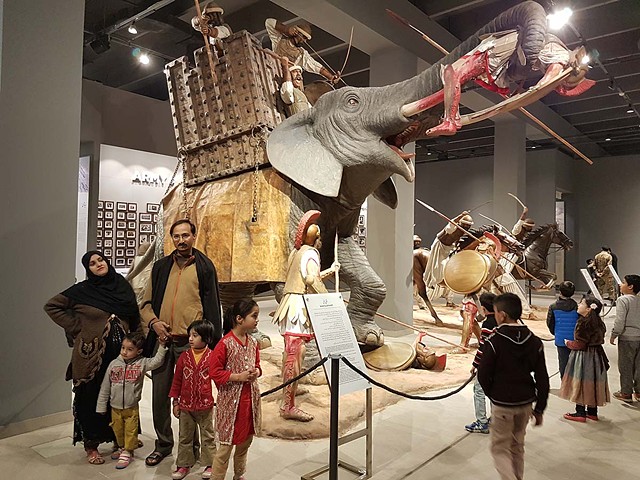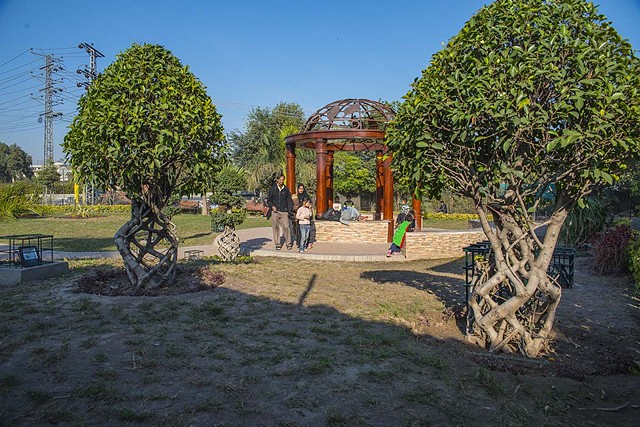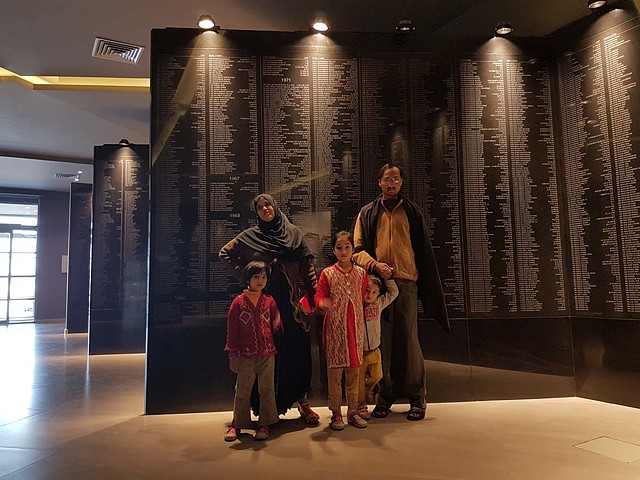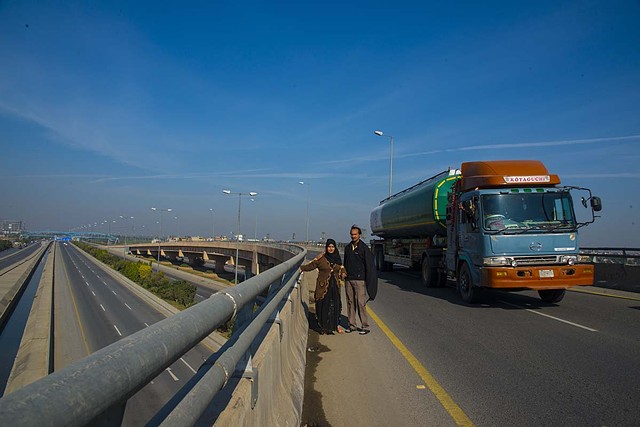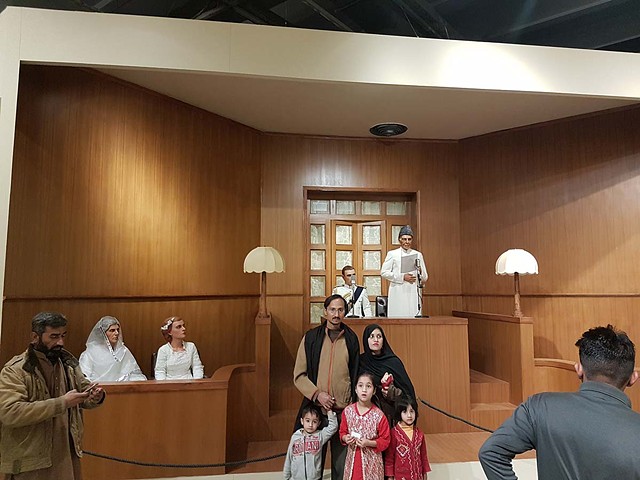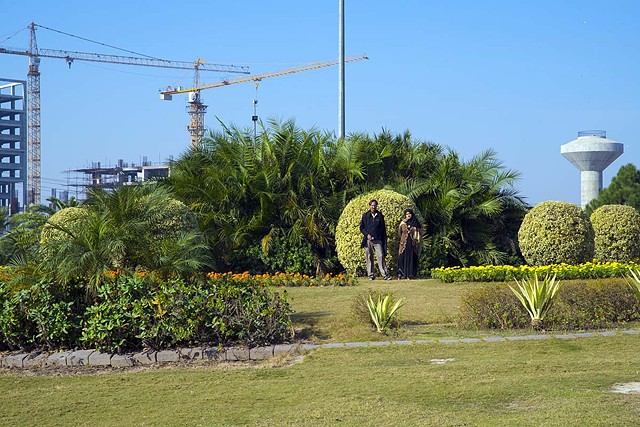Faith in Fakes - Fountains
Twenty years ago, the municipality wanted to make Lahore into a ‘Paris’ by constructing malfunctioning fountains on roundabouts. The updates goal is to be a ‘global city’ like Dubai. The benign fountains of the past are replaced by more sinister political follies.
In the photographs a working-class family is placed in front of each site, turning them into a motif or a ‘find-Waldo’ game, an insignificant speck in the grander scheme of things. The man is life-drawing model at an art school, ironically has only one arm, lost in an electrical accident. While he does not fit the stereotypical, academic job for a model, I question what role he has to play in the ‘modern’ city. We venture out into ‘new-towns’ with his family, areas that they have never experienced and are excluded from.
The city fills with concrete; public parks and recreation is only left on greenbelts and roundabouts, which are thronged by visitors in the evenings. We stand in front of the new digging sites of Chinese public transport promises, on bridges that go nowhere, on green belts with plastic flowers and plastic grass.
Our last stop was the newly built Army Museum where only mobile phone photography was allowed. War machines are on display, an innate human struggle, an unavoidable savagery from times immemorial. A skewed history is presented with vague pieces of texts with life-size installations. The ‘other’ is identified as a soldier in a different colored camouflage even though the terrains on both sides of the border are the same. The terrorist in his cave hide-out is shown surrendering to the army. He masks his identity, but his turban is similar to the ones worn by ethnic tribes.
As the terrain shrinks for foreign plants, roads, trains and war, what does the city do to its citizens?
